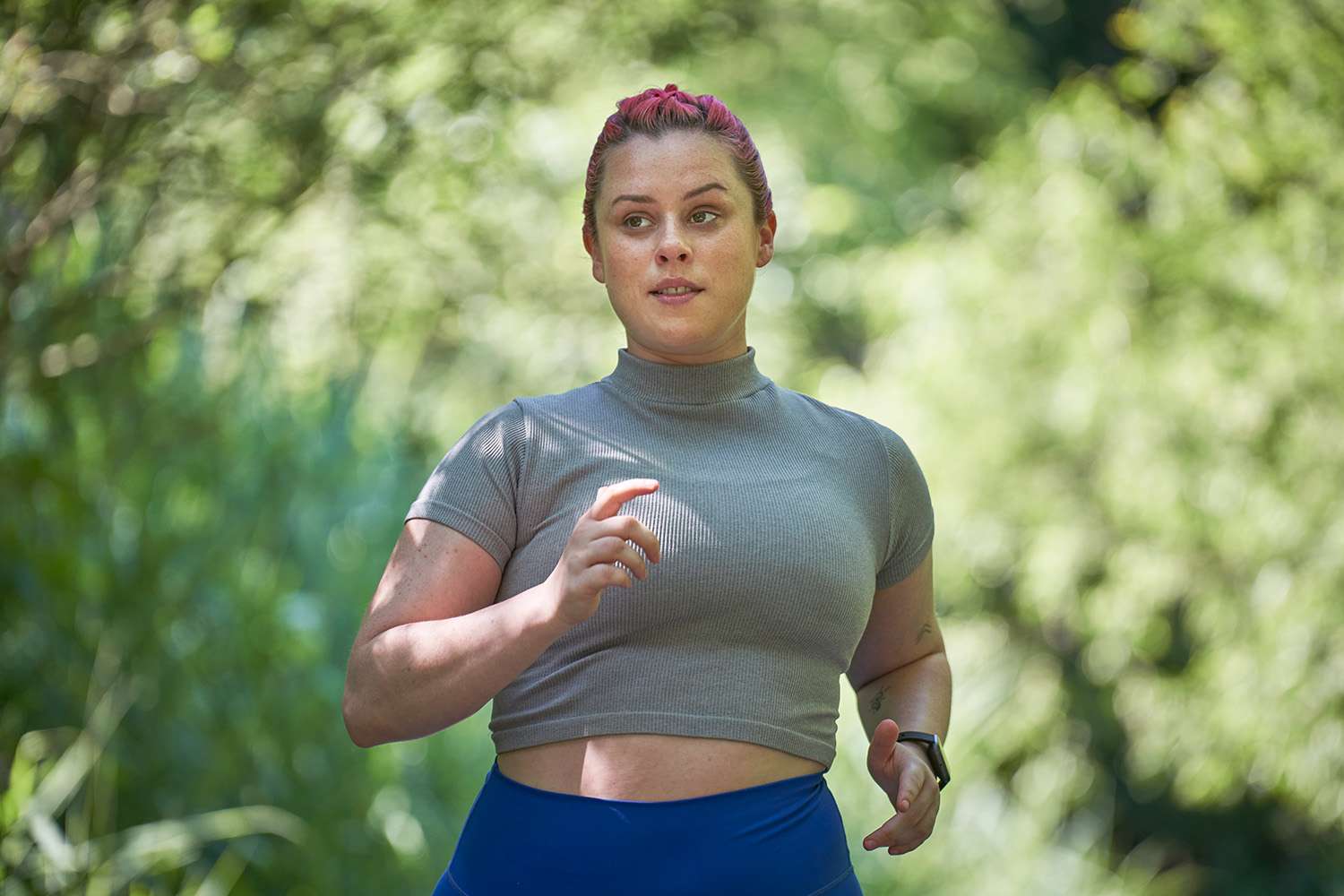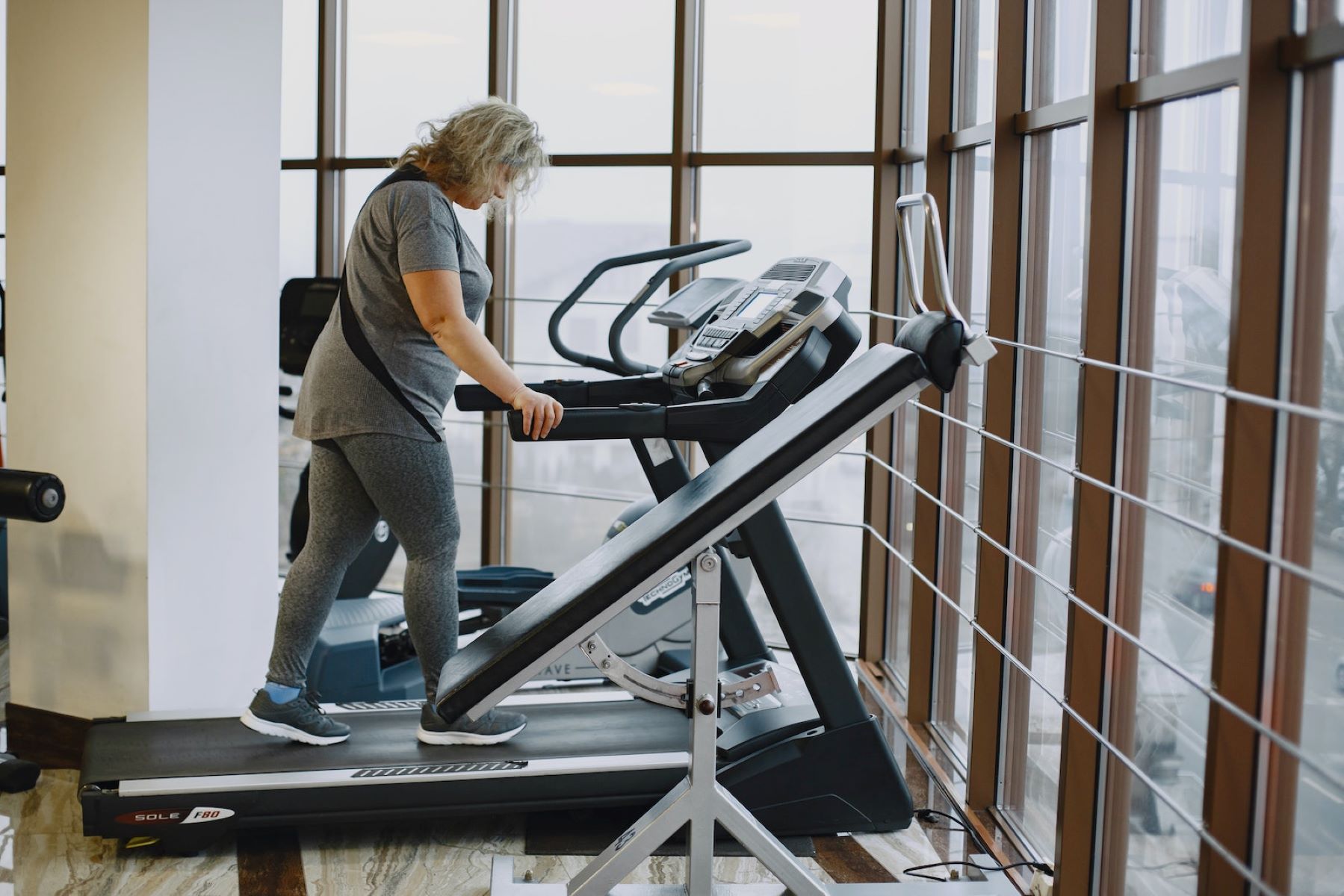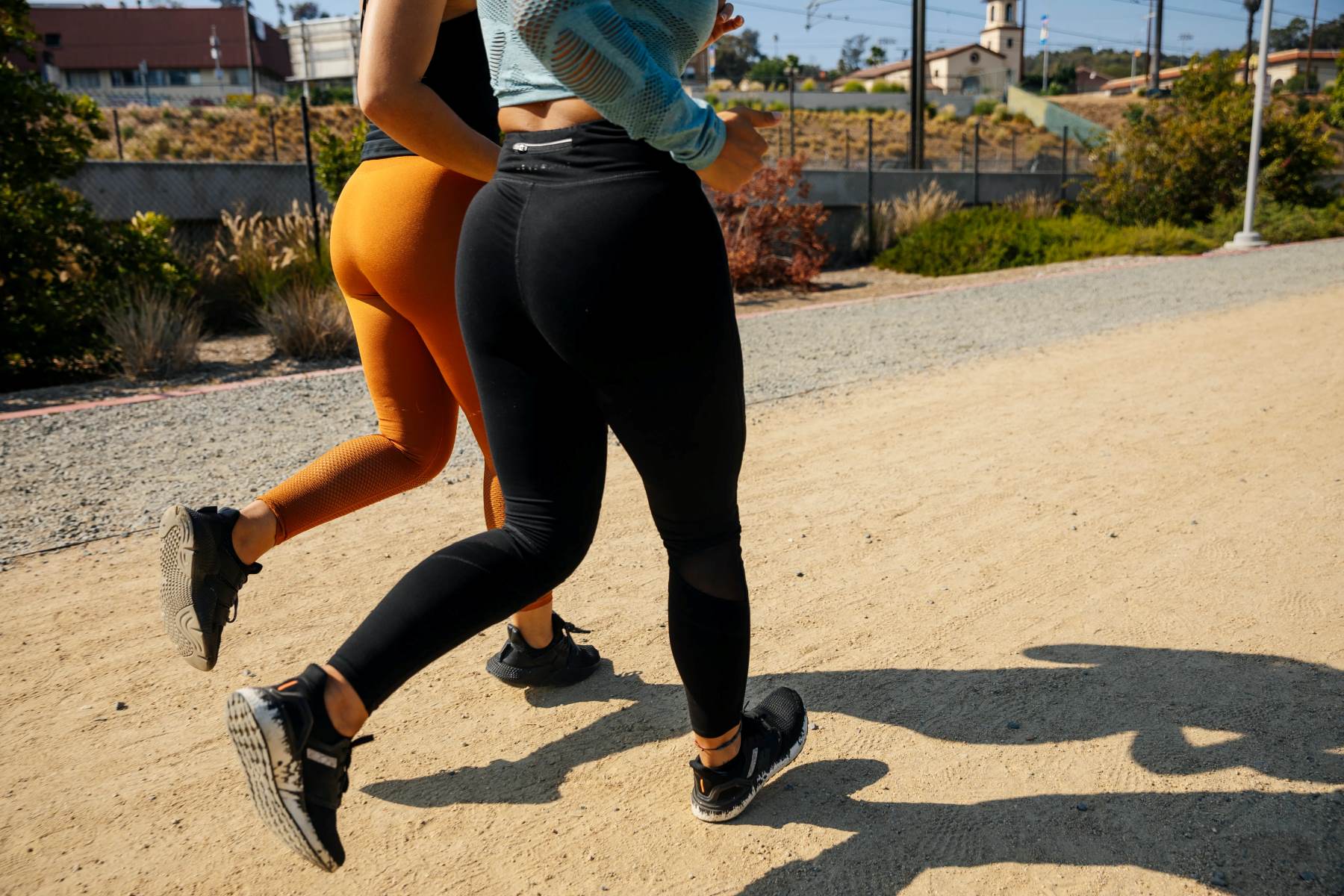Home>Health and Wellness>Health>Race Against the Bulge: Can Running Reduce Belly Fat?


Health
Race Against the Bulge: Can Running Reduce Belly Fat?
Modified: January 2, 2024
Discover the impact of running on reducing belly fat in this informative guide. Explore the mechanisms behind how running helps burn calories and promote overall fat loss.
If you’ve laced up your running shoes and set out on the path to fitness, one question might be pacing you with every stride: Can running reduce belly fat? Belly fat, also known as visceral fat, is more than just a hurdle for your favorite jeans. It’s often linked to numerous health issues, making its reduction a worthy fitness goal. Let’s delve into the role running plays in winning this race against the bulge.
Understanding Belly Fat
Belly fat is not just the pinchable layer beneath your skin, also known as subcutaneous fat. It also includes visceral fat, a deeper, more harmful fat that surrounds your organs. Visceral fat has been associated with an increased risk of heart disease, diabetes, and even certain types of cancer.
Running: A Potential Solution?
Running is a form of cardiovascular exercise or cardio, recognized for its ability to increase heart rate, boost metabolism, and burn calories. But how does this translate to a reduction in belly fat?
Calorie Burn
Running is a high-intensity exercise that can burn a significant number of calories. The actual number depends on various factors like your weight, speed, and duration of the run. As you burn more calories than you consume, you create a calorie deficit, leading your body to use stored fat for energy.
Targeting Fat Stores
While it’s impossible to target fat loss in a specific area (a concept known as spot reduction), running can help reduce overall body fat, including visceral fat.
Afterburn Effect
Running, especially high-intensity interval training (HIIT), can result in an afterburn effect, also known as Excess Post-exercise Oxygen Consumption (EPOC). This effect means your body continues to burn calories even after you’ve completed your run, further promoting fat loss.
How to Optimize Running for Belly Fat Reduction
While running can contribute to belly fat loss, how you run can optimize this effect. Here are some tips:
Combine Long, Slow Runs with High-Intensity Runs
This combination allows you to burn a high number of calories while also tapping into fat stores for energy.
Incorporate Interval Training
High-intensity interval training alternates between intense bursts of activity and fixed periods of less-intense activity. This form of training can increase your metabolic rate and the afterburn effect.
Maintain Consistency
Consistency is key in any fitness regimen. Make sure you’re running regularly to maintain a calorie deficit and promote fat loss.
Pair Running with Strength Training
Running combined with strength training can help build muscle, which boosts your metabolism and promotes fat loss.
Follow a Balanced Diet
Running can help create a calorie deficit, but this should be complemented with a balanced diet rich in lean proteins, whole grains, fruits, and vegetables.
Conclusion
To wrap up the race, yes, running can reduce belly fat. However, it’s crucial to remember that there are no quick fixes in the journey to fitness. While running burns calories, creates a calorie deficit, and can trigger the afterburn effect, it’s most effective when combined with a balanced diet and regular strength training. So, slip into your favorite running shorts, lace up those shoes, and embrace the path to fitness. With patience and consistency, you’ll cross the finish line to a healthier you!
Frequently Asked Questions
Can running reduce belly fat?
Yes, running can help reduce belly fat by burning calories and creating a calorie deficit. However, it’s essential to pair running with a balanced diet and regular strength training for optimal results.
Can I lose belly fat by running alone?
While running can contribute significantly to calorie burn and fat loss, optimal results often require a balanced approach that includes a healthy diet and strength training.
How long should I run to burn belly fat?
The duration of your run depends on various factors, including your current fitness level and goals. However, a combination of long, slow runs and high-intensity runs can be effective in promoting fat loss.
Does running burn visceral fat?
Yes, running, like other forms of cardiovascular exercise, can help reduce overall body fat, including harmful visceral fat.
Does the afterburn effect help in reducing belly fat?
The afterburn effect, or EPOC, can help promote fat loss by increasing calorie burn even after your workout. High-intensity interval training (HIIT) during your runs can enhance this effect.









